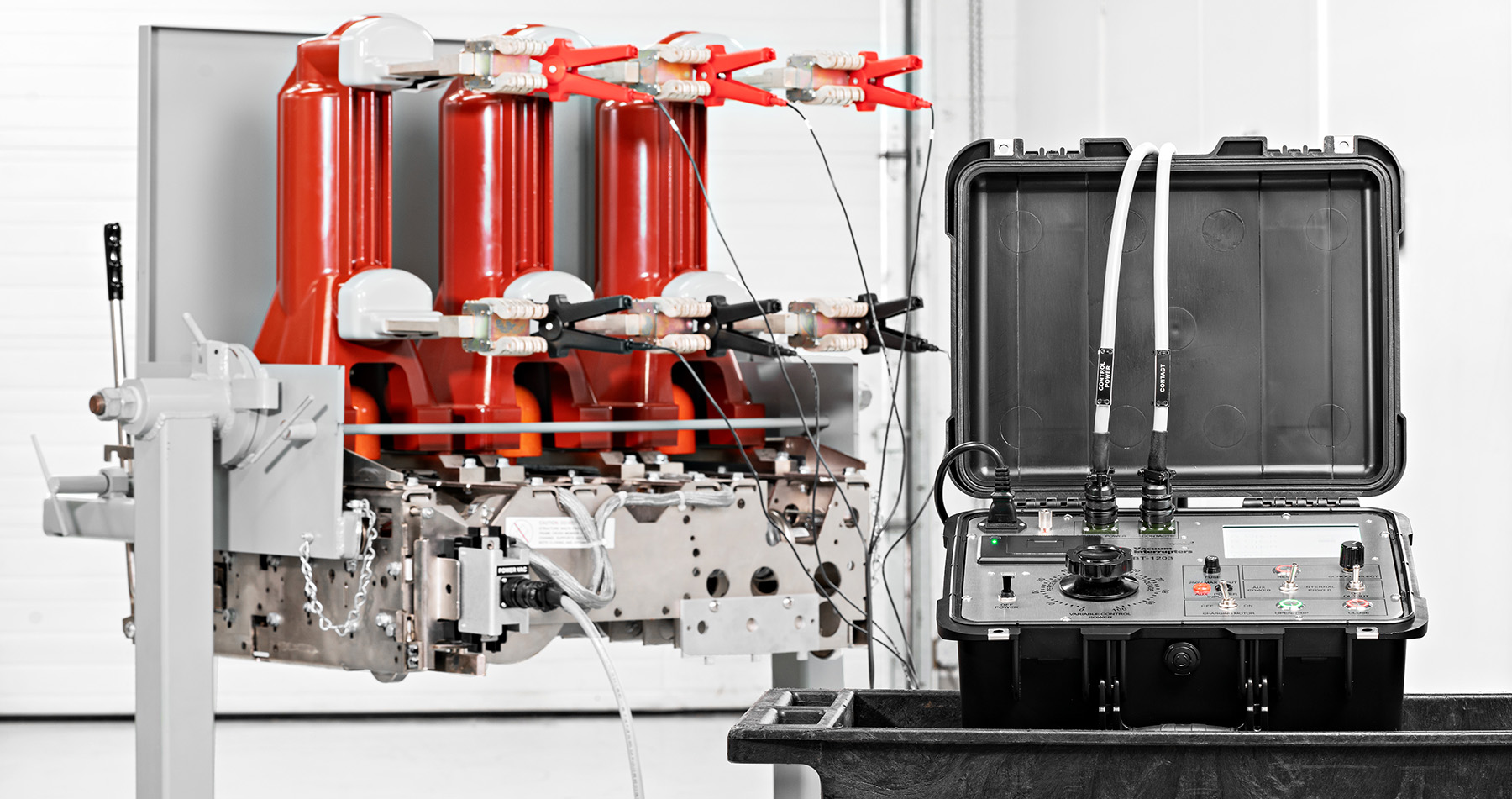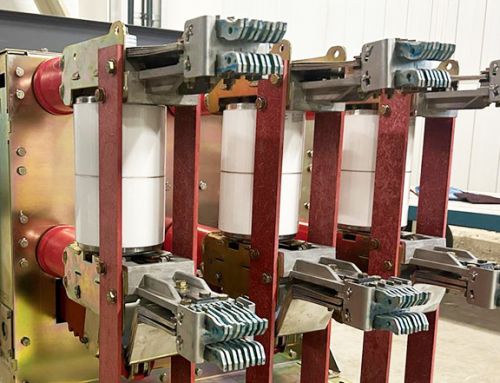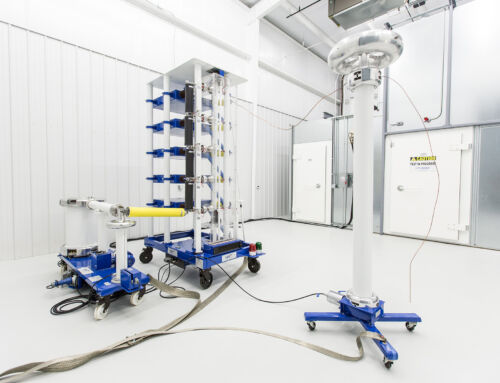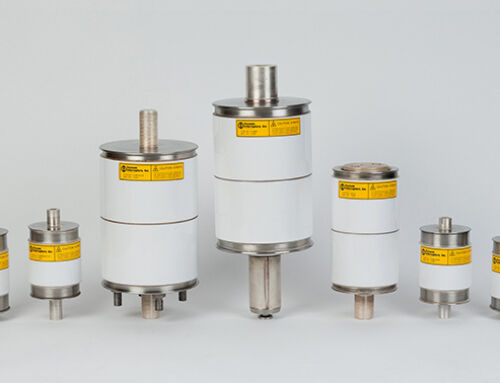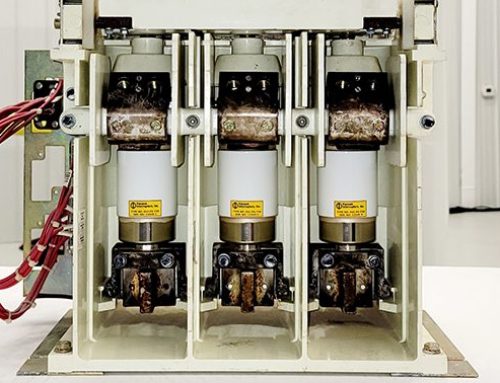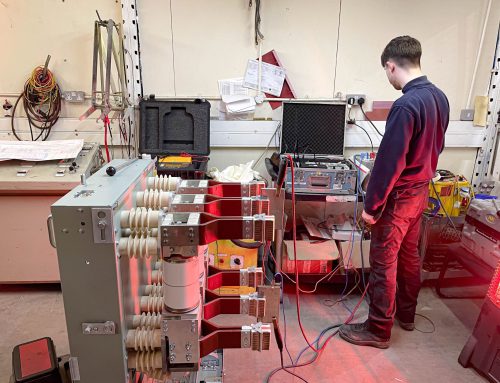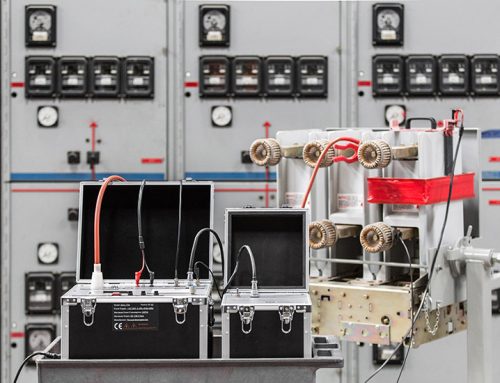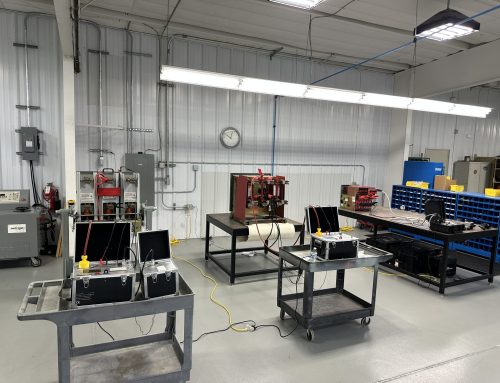Circuit breakers are vital for protecting electrical systems from damage caused by overloads, short circuits, or electrical faults. When circuit breakers fail, the results can be catastrophic. So every technician must understand the importance of testing circuit breakers to ensure they perform when called upon.
In the cover story of NETA World’s Fall 2024 issue, Paul Grein, vice president of Group CBS, delves into a specific testing set: circuit breaker timing and time travel analysis (TTA). He explains what the tests measure, how and when they’re performed, and why breaker timing and TTA are important. He also takes a look into future trends for these tests in the face of switchgear innovations.
Circuit breaker time testing, which NETA calls the contact timing test, essentially tests how quickly a breaker opens and closes when needed. Closing time (typically measured in milliseconds) is the time between sending an electrical close signal to the close coil (when present) and the instant the contacts join. Likewise, the opening time is the time between initiating a trip signal to the trip coil and the instant those same contacts separate.
TTA, termed by NETA as mechanism motion analysis testing, is an extension of the contact timing test. A transducer converts linear and/or rotational motion to an electrical signal for measurement. While the timing test measures only the duration of the test, the transducer input transmits a measurement of velocity as well. In addition to providing the timing values, TTA illustrates the actuation of the coil, velocity of the contacts, stroke of the contacts, penetration (wipe) of the contacts, contact bounce, and contact over/under travel.
Compared to the importance that manufacturers and industry place on acceptance testing of circuit breaker insulation resistance or contact resistance, timing tests can seem almost second tier. But the tests can tell us a great deal about a circuit breaker’s condition — especially a breaker that has had a mechanism repaired, has had components replaced, was readjusted to factory settings, or all the above after overhaul or a reconditioning process beyond standard preventive maintenance.
The CBT-1203 circuit breaker timer from Vacuum Interrupters confirms proper breaker speed and clearing times for all types of circuit breakers as part of a maintenance program or arc flash validation study. The test set performs three-phase timing tests, charges spring-charged circuit breakers, opens/trips and closes breakers, and captures and stores trip and close times and the duration of contact bounce.
Read the full NETA article here and contact us to learn more about circuit breaker timing testing from Vacuum Interrupters.

